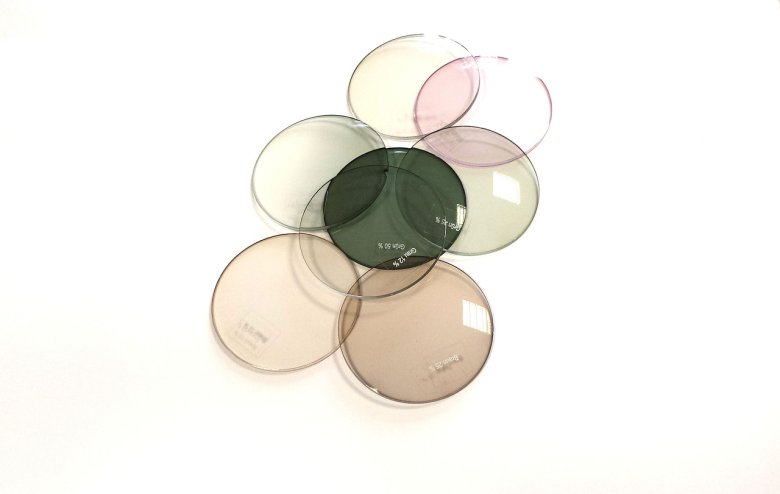- May 9, 2025

Contact lenses can be divided according to the length of time they are worn, e.g. one-day and monthly, and the material they are made of. Types of lenses due to their use, e.g. corrective, therapeutic and cosmetic (coloured lenses).
Contact lenses can be divided according to how long they are worn. Disposable single-use glasses, e.g. of the Ultraflex brand, are used. They do not need to be stored in a special container or liquid care. Before bedtime, the lenses are removed from the eyes and thrown into the basket to put on a new pair the next day. One-day glasses are often chosen by people who do not want to give up wearing glasses completely, and use lenses only occasionally, e.g. for physical exercises. Monthly contact lenses are one pair of lenses that are worn for 30 days. A special disinfectant liquid is used to care for them. Conventional contact lenses, i.e. annual contact lenses, are also worn daily and are used for 12 months.
Corrective lenses are used to compensate for various vision defects. Far-sightedness and short-sightedness are corrected by spherical glasses. Toric lenses are used for astigmatism, while multifocal glasses are used to correct presbyopia, i.e. presbyopia. They are also used as a dressing or medication carrier in various types of retinal diseases. Therapeutic lenses protect the sensitive eye from external factors such as wind, sun, dust and dust. Colored lenses are used for cosmetic purposes, to change the color of the eyes. The lenses are available in blue, green, yellow, brown, beer and even violet.
A distinction is made according to the material of contact lenses: